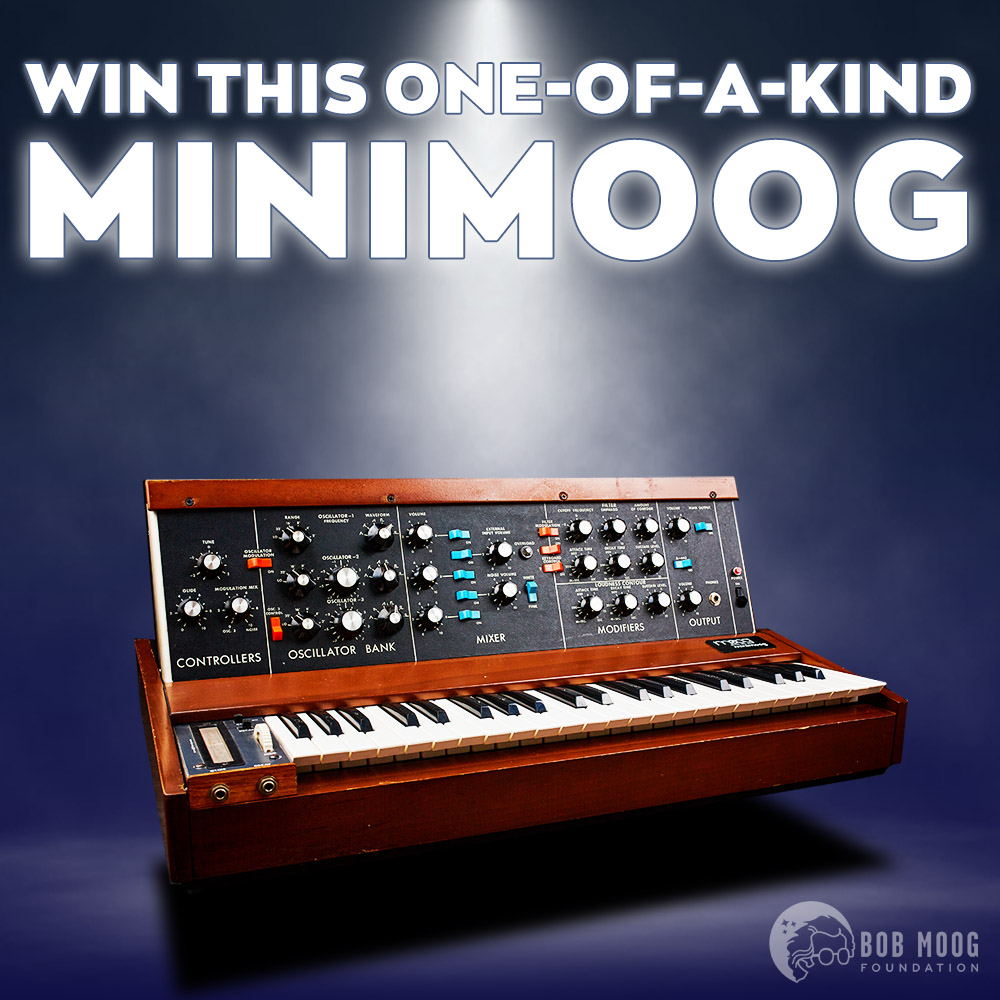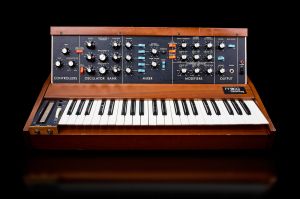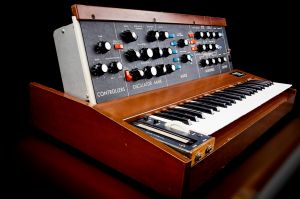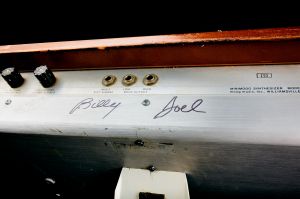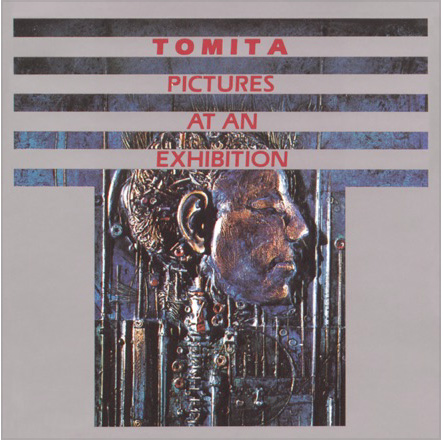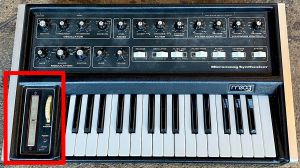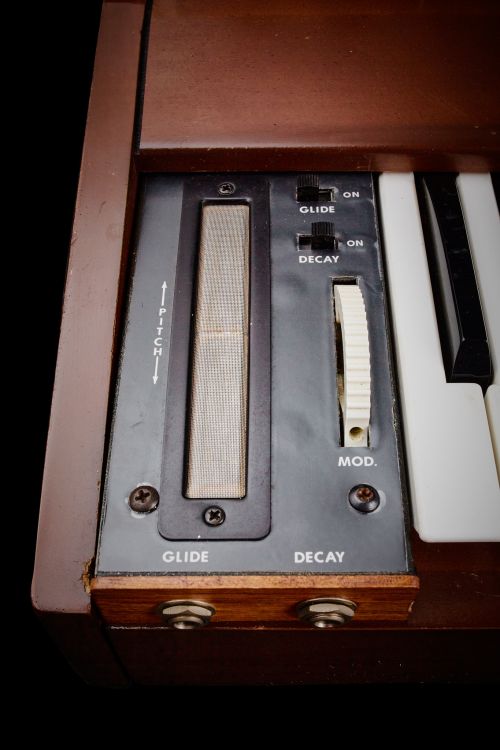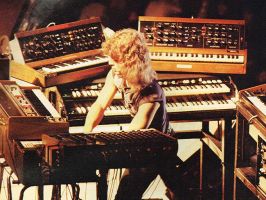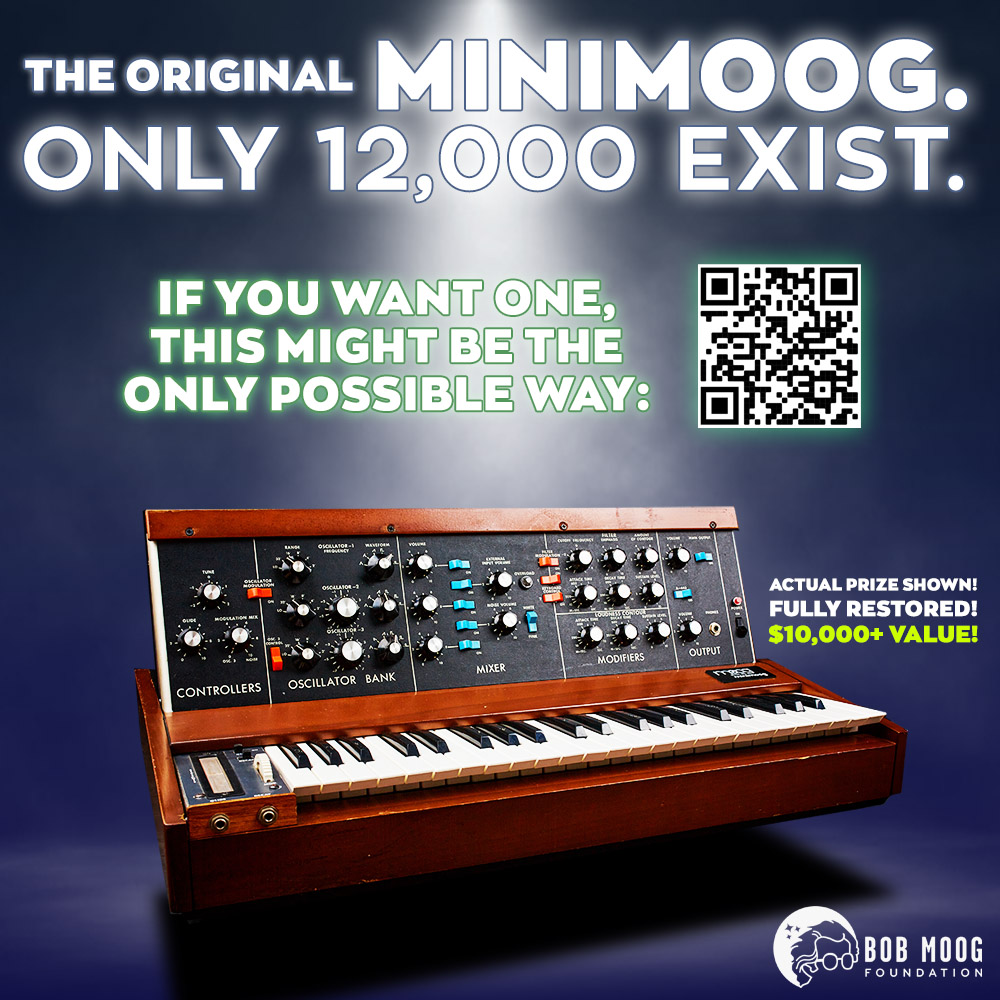www.kvraudio.com/focus/today-is-the-last-day-to-enter-to-win-an-iconic-minimoog-55642
Today is the last day to enter to win an iconic Minimoog
24th August 2022
The Bob Moog Foundation is raffling an iconic Minimoog owned by Billy Joels's Music Director, David Rosenthal. And his boss was nice enough to sign it. This particular synth has a lot of history with David because he bought it shortly after he joined Ritchie Blackmore's Rainbow in 1981.
Here are some quick details about the raffle:
- This is a one-of-a-kind Minimoog:
- Owned by David Rosenthal.
- Signed by Billy Joel.
- Unique left-hand controller; also comes with original pitch and mod wheels.
- This Minimoog is valued over $10,000.
- Fully restored -- in excellent technical and physical condition.
- Raffle ends August 31st at 11:59pm.
David sat down for a chat with the Foundation's Director Michelle Moog-Kuassa to talk about this Mini and where it's been.
Tell us how you got into music.
I started playing music when I was seven, and I listened a lot to pop music, anything that was on the radio. I had my first band going by the time I was 12.
What first attracted you to synthesizers?
I was exposed to synthesizers for the first time when I was 14. I went to music camp and one of the teachers there played a recording of Tomita doing Pictures at an Exhibition. I was like, that's it. This is what I wanna do. They had a Moog Modular there as well, so that's when I started learning the basics of synthesis. After that I cut a lot of lawns and saved my money, and eventually I was able to buy a synthesizer for myself. It was a Roland SH-1000.
Of course, there was the great Keith Emerson, who was using the Moog Modular, as well as jazz artists Chick Corea and Jan Hammer, and so many of the early pioneers. It was novel and became a very popular instrument at that time. I was very intrigued, not only by the power of it, but also as I started to hear more and more how it fit into pop music and how it fit into rock and roll. And I was like, that's what I want to do. I need to learn how to do this, because it really speaks to me.
What is it about the Minimoog that has made it so special for you?
Well, it has just an amazing sound to it. The oscillators are really rich and fat, and they cut through guitars, so they work very in rock and roll, which is why I used them so much early in my career. The filters have a very unique sound and you can get a huge variety of tones out of a small box. It was one of the first of its kind, I believe, to be an instrument that you could actually take to a gig. So, that had a lot of appeal as well. And of course the sound is iconic. There's never been anything else that sounds like it.
When you say there's nothing else that sounds like it. What do you mean?
It's basically everything, the whole signal flow within the Minimoog produces a really unique sound that's really big and fat and works well for all types of musical situations. I think that's one of the things that I was attracted to, plus a lot of the keyboard players that I was listening to in those days, had Minimoogs as well. So, that was some of the appeal too.
You have had a unique history with pitchbending...
Yea. My Roland SH-1000 was all I could afford at the time I bought it, but it didn't have a way to do pitch bending. And I was listening to Chick Corea and Jan Hammer, and Rick Wakeman, and these people were doing really cool things with pitch bending that I couldn't do.
So I thought of a way to have it modified, by taking a pitch ribbon from a Micromoog. I just wanted to use the pitch ribbon itself, cause it fit in the little slot in between the control panel and the keyboard of the SH-1000. The mod was done by Joe Scacciaferro at Triple S back in those days.
So the way I learned to do pitch bending was on a pitch ribbon from a Micromoog that I had modified to fit on my SH-1000.
And then, when I got my first Minimoog, I wanted to modify it because I had learned my pitchbend technique on a ribbon and I was very comfortable with it. So I found a way to retrofit the ribbon module from a Micromoog into the Minimoog. And so that's what I did.
Since then I have become very comfortable with the pitchwheel so nowadays I use that.
Have you ever seen another Mini with a ribbon on it instead of a wheel?
Nope. Not yet. Why would anyone do that when the pitchwheel works so well <laughs>.
Let's talk about the particular Minimoog that the Bob Moog Foundation is raffling. How did you come about this one?
I got this one when I toured with Ritchie Blackmore's Rainbow. When I joined the band in 1981, the Minimoog was the most sought-after synth. Richie Blackmore had one and a lot of Rainbow's earlier recordings had it on them. For the 1982 tour I wanted to be able to replicate those parts for the earlier stuff, but also for my own parts from the first album that I played on, which was Straight Between the Eyes. I did some solos with it and used it for quite a few parts on the record.
For that Rainbow tour, I had two of two of them because in those days I would set up one for song one and the other one for song two, etc. I would leapfrog between them because they didn't have patch memory in those days. I had to have all of the settings memorized visually because in a live concert I couldn't audition the sound for the next song while I was playing a different song. I had to dial it up and look at the control panel and know, okay, yeah, that's the right sound because then when I go to use it for the next song it better be right. It was do or die <laughs> That's the world I grew up with.
MIDI came along a couple of years later and then polyphony and patch memory. The second tour, I was just using one Minimoog, because I had a Memory Moog, and an OB-XA, and other synths that were able to store patches.
And those were the two tours that you used the Minimoog?
Yes. I also used it on a lot of studio sessions after Rainbow. But once MIDI became widespread I stopped using it for a long time and it sat in its case for many, many years as I transitioned to the Voyager with its patch memory.
What are a few sessions or recordings you used it on?
There were a bunch. I did this one really cool solo with this band Hammerhead that I produced. I had a solo on a song called Early Warning, which featured my Minimoog solo on that. And, it was released in the early 2000s. So at least it is in fact out there, but it's one of my favorite solos that I've ever recorded. And that was done on this Minimoog, played through a big giant PA system and mic'd up in the studio cause I wanted to get that big concert sound when I recorded it.
Tell us bit about when you started working with Billy Joel?
Sure. So I started with Billy back in 1993 on the River of Dreams tour. And, 29 years later, it's worked out pretty well. <laughs>
Did you ever play this Minimoog with Billy?
I never took this one on tour because it's too valuable, so I use samples from it. Billy Joel's music spans three decades and he used Minimoog on many of his records, especially the early stuff. In order to get those sounds, I dialed them up on the Minimoog and then sampled them. I'm now using Mainstage to play the samples, so this Mini lives inside my live rig along with the samples of my Taurus pedals, and some other things that I use here and there. I use the MIDI samples when I'm replicating Billy's earlier stuff like The Entertainer, which, has a very iconic Minimoog part in the intro that comes back several times throughout the song, and also for the solo on Angry Young Man, which is another iconic Minimoog sound that Billy played on the original recordings.
Can you talk about transitioning from playing with shredders like Steve Vai and Yngwie Malmsteen to playing with Billy Joel, because the genres are so different.
Well, for me it has never been a transition from rock and roll to pop or back. All of these genres are in my blood. I grew up with all of them. I toured with Cyndi Lauper, who has a completely different type of style. And with Robert Palmer and Enrique Iglesias, it was different again. I love the kind of progressive music that Steve and Yngwie make, but I also love playing pop. Billy's music has all kinds of influences, classical, pop, jazz, and rock. I can bring all my skills and experiences, cause it varies from song to song throughout his albums. Sometimes people ask me, what do you like doing the best? And my answer is, it's whatever project I'm working on at the moment, because I really love everything that I do. I enjoy going from genre to genre and, the challenge of doing different types of things with music.
What a great career you had. Tell us why you support the Bob Moog Foundation?
It's an honor to be involved because it is a great cause. Bob was a pioneer and the first one to bridge the gap between the technical world and the musical world to create a technical instrument that was truly musical. And because of that, more and more musicians started using it in all different types of genres. I think that, prior to his inventions, prior to the Modular Moog, things were a little more experimental. It was really cool what they could do, but I think Bob Moog was the first one to turn the synthesizer into a musical instrument. I also love what the foundation is doing with the Dr. Bob Sound School, teaching younger kids about audio and the physics of sound. The Moogseum is wonderful and getting even better with the new room.
What is it about this particular Minimoog that makes it so special?
Well in addition to what I said earlier, Billy was nice enough to sign this Minimoog.
So please help support the Bob Moog Foundation by buying a raffle ticket.
KVR Audio, Inc.
www.kvraudio.com
